Technology and sound --- Cables and connectors used in sound reinforcement.
Hello everyone, this is @jamesub doing it live at Phatstudios and today, we will be looking at cables and connectors used in sound reinforcement. I have been doing a series on audio engineering here on steemit but had to pause a bit for my college exams which is of course over now, so I am really glad to be back. You can check out my previous articles through the links at the end of this post, or simply click on my username.
Let's begin here; before we get into the actual cables and connectors that are used, we have to understand the male/female naming convention that is used in live sound reinforcement. In other words, you will refer to a certain type of connector, for example, the XLR, then you will say can you get me a male or female XLR connector. As a professional sound engineer, you need to know what this means and it is quite easy to remember. As you can see in the picture above we have 2 XLR connectors, the one on the left is the female connector and the one on the right is the male connector and the way we tell them apart is simply biology. Male connectors have pins sticking out and female connectors have holes in them.
N/B: It is also interesting to note that in live sound or in sound production in general, be it in recording or broadcast, male connectors always send signal and female connectors always receive a signal.
This is quite the opposite of the way its layout in mains power, and that is for safety reasons. But in PA outputs are always male and that is why the pins at the back of your microphone are male and input are always female hence the input on your mixer are female and the input on your DI BOX are female.
****One needs be familiar with male and female naming convention to look and sound professional and also to be able to keep a straight face when you are asked to get a connector of a certain type****
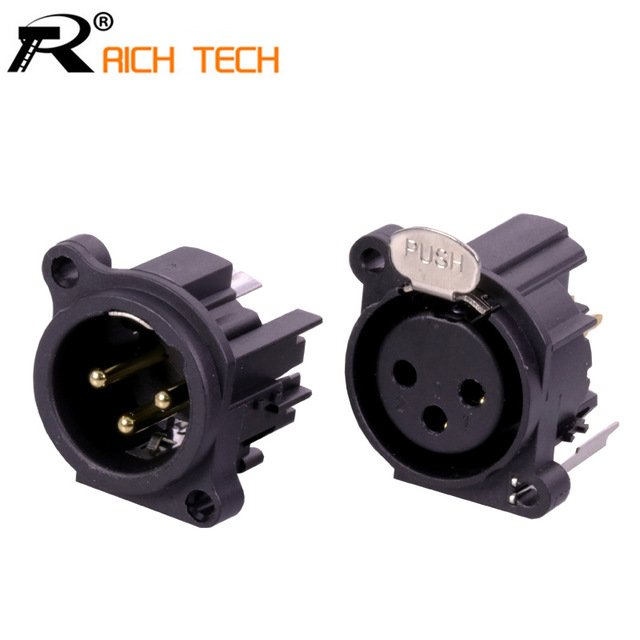
Image source: javascript:void
You can also have male and female panel mount XLR connectors, meaning that they are designed to be mounted into a wall or other type of flush surface and mixer input panel etc. Once again you can tell the difference between the two connectors in the picture; The one on the left is the male while the one on the right is the female.
Here are couples of TRS connectors which are also known as jack connectors. We will go into specific connectors later, but once again, you can see male connectors on the left and this one looks even more male, with a lengthy-pointy part (that is, if you know what I mean), and on the right female connector.
So let get into the business of the day. We will be starting with the specific types of connectors them self
Types of connectors:
We have lots of these cables and connectors but i will be using the once that have either worked with or seen for better understanding. So we will be starting with the most common once which are;
The XLR CONNECTORS OR CANNON CONNECTORS
The first and most common types of connector are the one you are seeing in the picture, and these are commonly called XLR connectors but can also be called cannon connectors.
This connector has a very long and distinguished history. These connectors were first developed some way around the end of world war II and were originally invented by a man called JAMES H. CANNON. They are three main manufacturers of these in the world. the earliest once were manufactured by that company CANNON. We also have Switchcraft XLR connectors and Neutrik XLR connectors. These three connectors can be distinguished with the small par of screw at the back which holds the cables clam in place.
N/B: These screws are very fiddly and they are easy to lose when you disassemble the connectors. but I know that a lot of professionals will like to use CANNON XLR because once the screws at the back a lot tightened they don't come out like the one you will see on the Switchcraft or the Neutrik XLR connectors.
Pix of original Neutrik XLR
The Neutrik also have many different types of connectors, the one that you see here is the latest incarnation while the picture below shows a fake Neutrik XLR connectors, they are just nocked off copies and it is very important that you do not use these connectors for live sound because they often do not meet together properly which will break the connection at the worst possible time and secondly it lacks the quality of construction.
Combo XLR connectors:
This is another type of connector and to my knowledge is only available in panel mount configuration. They are called combo connectors because as you can see they have the standard three holes for an XLR connector and they also have a large central hole that will accommodate a ts or TRS jack plug connector. So you can use these for either XLR or TRS connectors.
Phone connectors:
There are very different names for this connector, as they are also known as TS, TRS, QUOTER-INCH, 6.35 MILLIMETRE AND JACK CONNECTORS.The original name phone connectors come from the fact that, these were the connectors that were used on early manual telephone switchboards. When telephones were first invented, they were no automatic telephone exchange, you will pick up the receiver and a human operator will say to what number please and you will say can I have 45 and they will physically patch your line to the other person line using a pair of these connectors hence the name phone connector. As you can see in the picture the one on the right is a TS connector while the one on the left is a TRS connector.The reason for these is that a TRS connector has three contact point and a TS connector has only two. TRS is short for:
- Tip
- Ring
- Sleeve
These can be used in a variety of ways, if a TRS connector is wired for a balanced operation, they correspond to pins 1 for ground pin 2 for hot and pin 3 for cold of an XLR connector. So its tip = positive, ring = negative and sleeve = common ground.
N/B: You can also see TRRS connectors but these are used mainly on mobile devices also note that the TRS connectors can be wired for both balanced and unbalanced operation.
It is also important to understand that they are three different sizes of phone connectors, we have the largest which are commonly used as guitar cables and this is called 6.3mm, we also have the smaller size which is also referred to as a mini-jack connector or 3.5mm and finally the smallest size which is called the sub-mini jack which is 2.5mm which have personally not seen.
Before we move forward you need to understand that they are jack plugs and also jack socket so you will need to differentiate this two. the jack plug is the male while the jack socket is the female you can see that in the picture below.
Phono connectors:
These are also known as RCA connectors, taking the name from the radio co-operation of America. The original name is derived from the fact that they were found on phono or record players and today these connectors can also be found on record players and also at the back of DVD players, television and in particular DJ MIXES. I always advice people that I work with to try not to use this because they are unbalanced and they is no balanced version of these connectors that I know and as a result, they are acceptable to noise and secondly, with the plastic shell, and just really simple press-fit construction, makes them extremely delicate connectors. often I see this plastic shell just slid off along the cable and if you step on one of these cables it finished. And once again you have both the male and the female, the female are more commonly encounter in panel mount configuration.
Mini-jack adapter cables:
Nowadays, we also have to deal with a whole variety of mini-jack adapter cables and this mini-jacks are the factor industry standard for mobile devices, ipods, ipads, Samsung galaxy tables etc. Like it or not we have to deal with them. Commonly you will fine mini-jack to RCA and mini-jack to TS. This type of cable here, the name is particularly clumsy to say like I normally say mini-jack to jack or you can call it mini-jack to quoter inch. these are the type of cables that you will use if you are taking the audio from let's say an iphone and you are plugging it directly into your mixer.
These jack plugs in the picture are what I called public enemy number one cables. I have nothing against the company, i'm just using the images because they are of good quality and you can see the problem. Noticed that in both of these cases, the use mini-jack connectors. the other end is my point of concern. mini-jack to XLR or mini-jack to TRS were designed for one thing in particular and that is to take the audio output from camera size radio mic receivers, very often in ENG electronics news grading, they won't use won't use a full-size wireless receivers with an XLR output, they actually use a receiver that looks like a body pack and it has a mini-jack out put which is they because they aren't spaced for a full-size XLR connectors on that receiver and the receiver will be supplied with these type of cables to allow you to break that balanced output into a full-size XLR connector either to plug it to your camera or to plug in to your field recorder depending on what you are doing.
N/B: These cables must not be used to sum stereo signals to mono signals and that is because you are simply taking a stereo unbalance signal from the mini-jack end and you are converting it to a mono balanced signal at the other end. What will happen is simply that whatever is panned centre in the mix will disappear.
Neutrik Speakon connectors:
Moving on to speaker levels connectors, now in old days people used quoter inch or jack connectors for speaker level signals and up-till date a lot of instruments and amplifiers still used this today. So, on lots of guitar cabinet, you will still see jack input on the back and the reason is that the Speakon hasn't being developed at that time. The problem with using a jack connector for speaker level connection is that the contact area on the jack connector is extremely small. The industry standard for speaker level connection is the Neutrik Speakon. They are strong, safe and can carry a lot of currents. you can also get versions that are designed to be weatherproof and you can also get both for 2,4 and 8 poles connectors. The Neutrik Speakon was developed by Neutrik the same company that makes XLR connectors and one thing about them the is no metallic bit exposed in either the male or the female connectors which means that it is not possible to accidentally suck your self which is really important in big power amplifiers. I am using a 4-pole version as an example in this post and by 4-pole it simply means that they are four terminals that you can connect to. these 4-poles are +1,-1 and +2,-2. so if you are running a simple system you just connect to +1, (positive) and -1 (negative) and if you are running a bye-amp speaker cabinet, typically you will use +1, -1 for the lows and +2, -2 for the highs. these provide a little bit of safety in case you plug a full range signal and you won't blow your high-frequency drivers.
The 8-pole connector has eight separate poles, +1,-1,+2,-2 and so on up to
+4,-4. And what this is used for, is to plug in up to a four-way system using a single connector.
For example, +1,-1 will be sub-woofers, +2,-2 will be lows, +3,-3 will be mid and +4,-4 will be highs. these greatly simplify set-up because all you will do is to plug-in a single connector at both ends as oppose you having to run four separate lines.
N/B: Neutrik Speakon cables are the same at both ends, they have male connectors at both ends and as a result of these you will need a coupler to join them together.
XLR to TRS adapters:
You will often need to go from TRS to XLR and the reason for these is that a lot of mixers today used TRS female connectors on their line input and they also use them for their aux and group output simply because it saves cost and a panel mount TRS connector is a lot smaller then a panel mount XLR connector. So on the left, you can see a TRS to XLR male connector. which could be used when you are converting the output of a mixer from TRS to XLR male and on the right you can see a TRS to XLR female which could be used when you are plugging a signal into a TRS line input.
XLR gender changers:
These are what I called gender changers, you should know that sound engineering is full of Freudian anologeist and references. But the point is that you need to what a gender change adapter is. These gender changes are used mainly when you want to reverse microphone cables. Let's say you want to use a microphone line that is coming from the stage and you want to convert that to a send so that you can take an aux send back to the stage and plug it into your active monitors, you will use one of these on the mixing console to convert from male to female and you will use the other on the stage end to convert from female to male.
XLR splitter cables:
These cables allow you to split a microphone signal to two input on your mixing console for the purposes of recording and sometimes just so that you can get different types of EQ for the mains and the monitors. Some people think that these cables can't be used to split a normal mic signal, that you will need some kind of a transformer based mic splitter. But in general it is perfect if you are only splitting the signal once, let's say you are going from SA 58 to two channels on your mixer, using something like this is perfectly all right. they can also be used with condenser microphones and they don't block phantom power so your perfectly all right they.
N/B: You must never use the single male to double female cable to combine two signals to one, say you need a mono output for some reason, don't use these cable to combine the left and right output of your mixer into a mono signal because you will lose information. Any time you need to combine a signal, you must use a resistive summing network or otherwise you will lose information.
It may sound fine, but some way down the road it will bite you.
So these will be all for now on cables and connectors used in sound re-enforcement, am sorry it has been a very large topic I just needed to finish it up in these post. So if you need clarification on anything do please drop me a note.
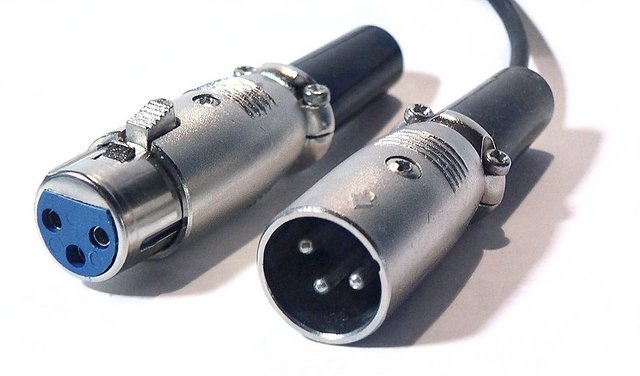
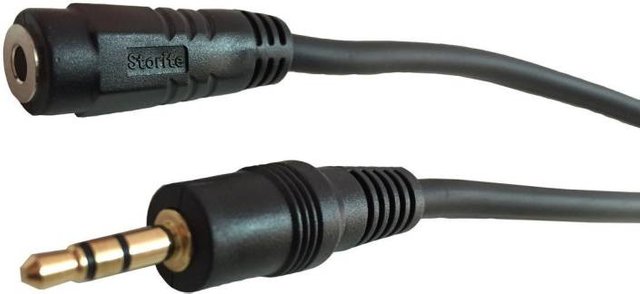
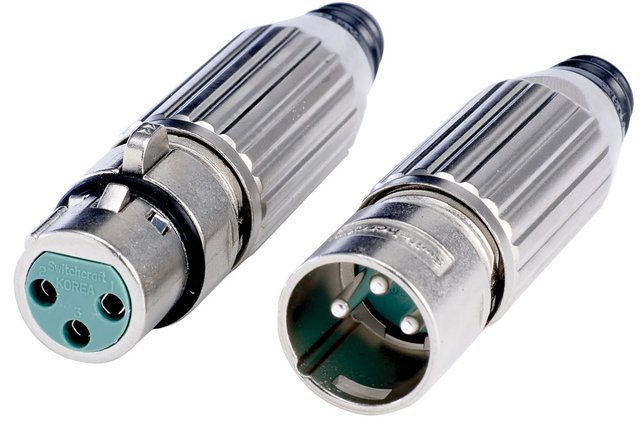
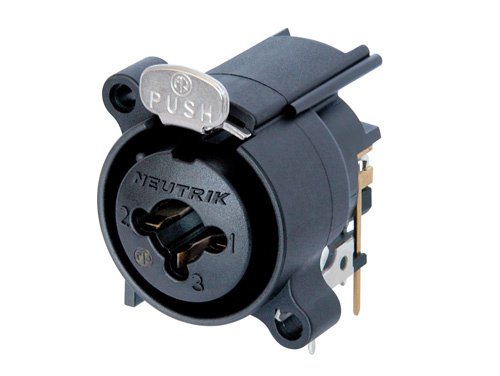
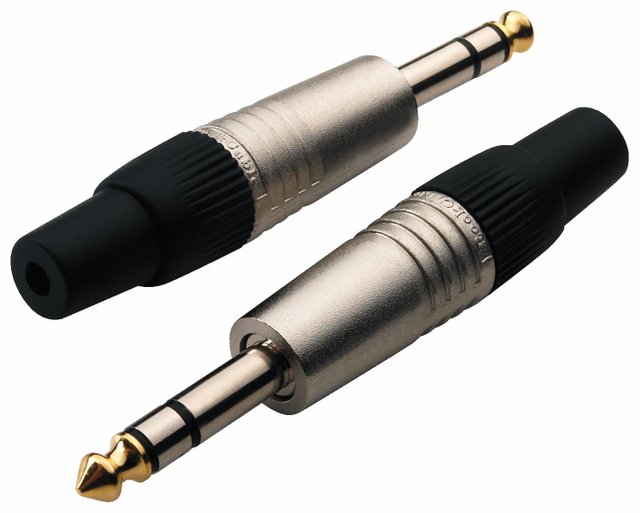
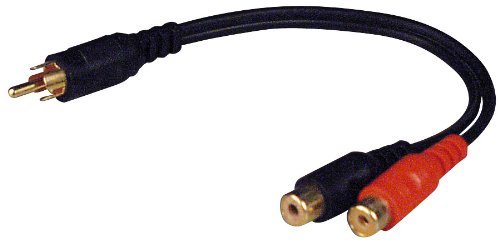
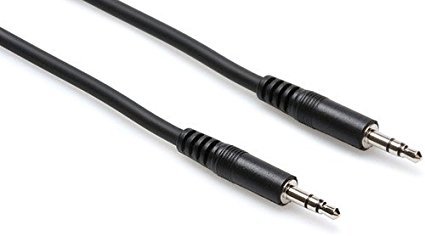
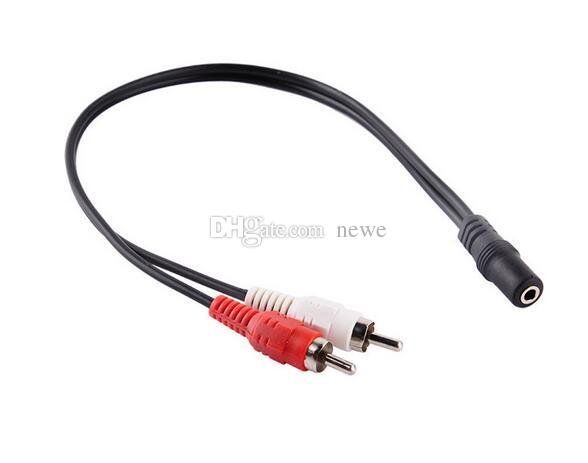
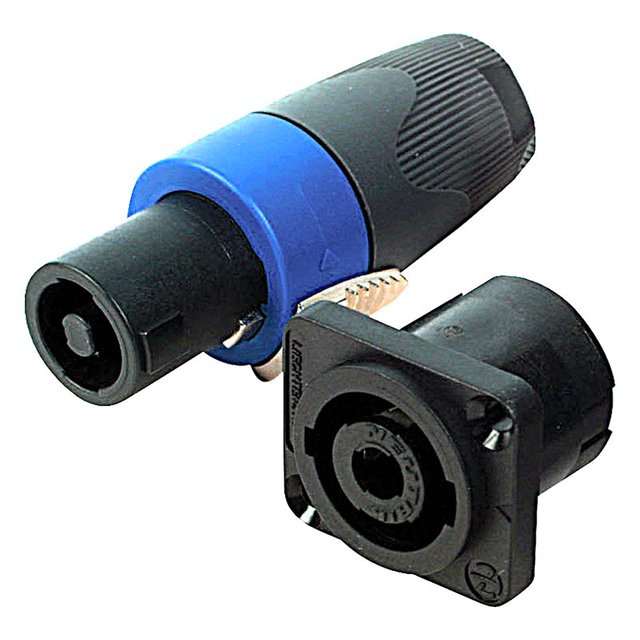
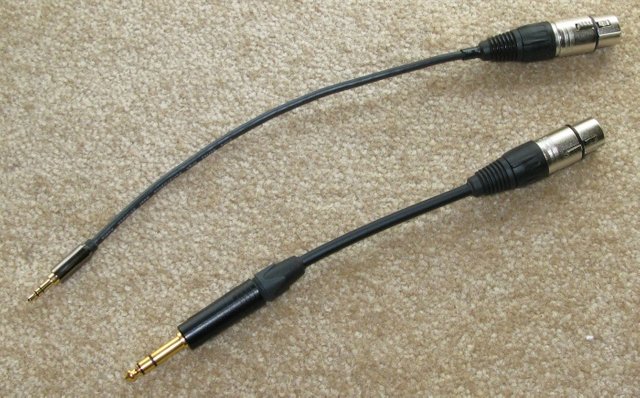

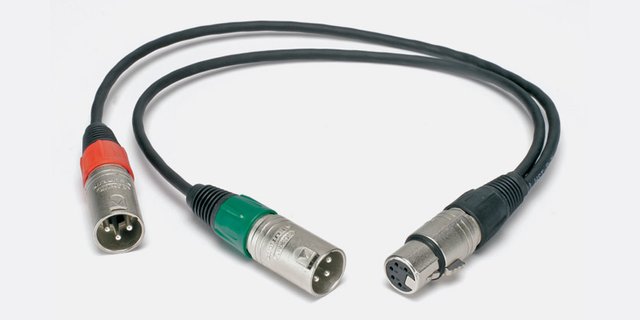
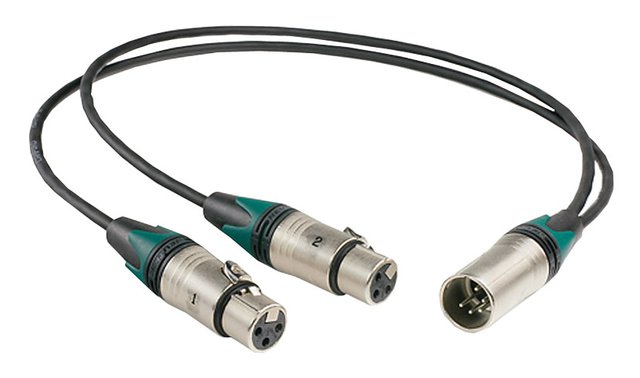

Very nice, You forgot to mention the saving grace of many churches and concert halls, the snake cable
oh that's right i forgot thanks for pointing that out .